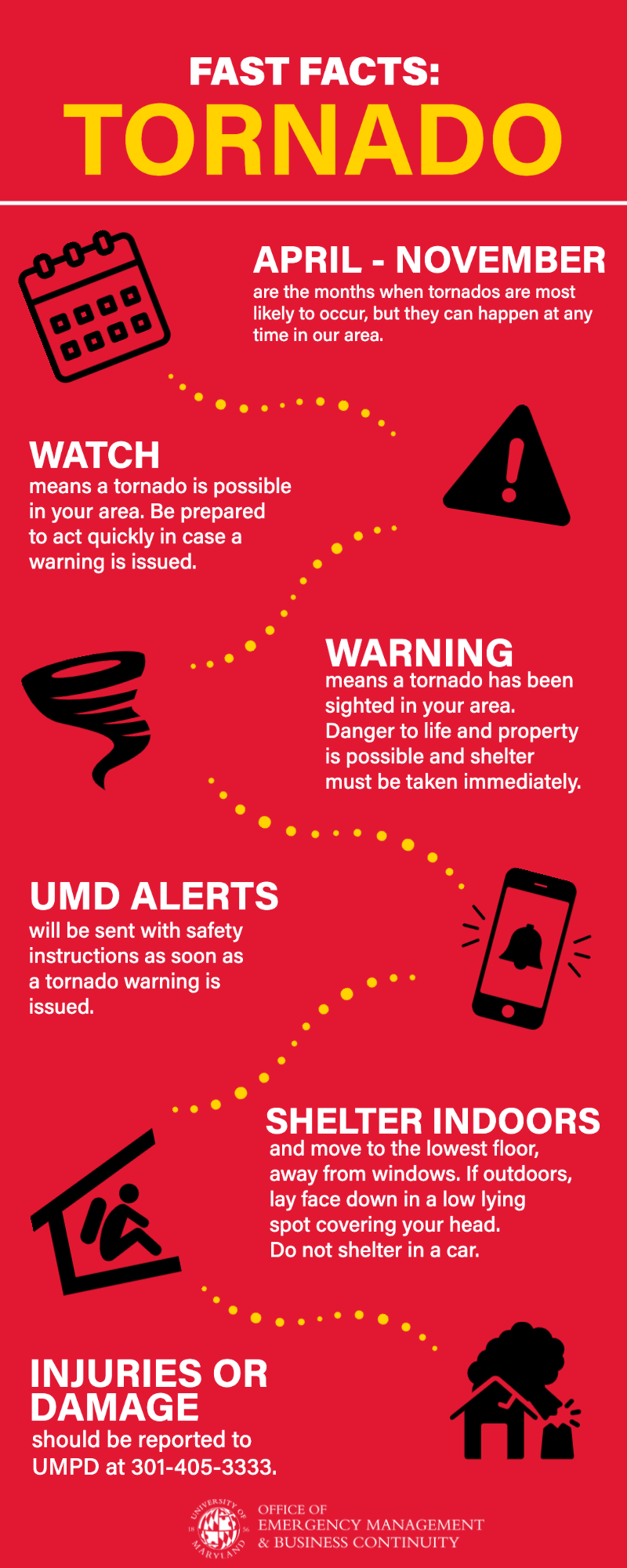Tornado Season Preparedness Under Threat: The Role Of Budget Cuts

Table of Contents
Weakened Early Warning Systems
Budget cuts often disproportionately impact the maintenance and upgrades of crucial early warning systems, directly affecting the timeliness and accuracy of tornado warnings. This translates to a higher risk for communities. This includes:
-
Reduced funding for weather radar maintenance and upgrades: Outdated or poorly maintained radar systems can provide inaccurate or delayed information, significantly impacting the effectiveness of tornado warnings. The National Oceanic and Atmospheric Administration (NOAA) and the National Weather Service (NWS) rely on these systems, and underfunding directly impacts their ability to provide critical data.
-
Insufficient funds for repairing and replacing outdated sirens: Many communities rely on outdoor warning sirens to alert residents of impending danger. However, budget cuts often mean that aging sirens are not repaired or replaced, leading to unreliable alerts and reduced warning coverage. This is particularly dangerous for those in areas with limited access to other forms of warning, such as those with hearing impairments or limited access to technology.
-
Decreased funding for public awareness campaigns: Effective communication is key to successful disaster preparedness. Budget cuts frequently reduce funding for public service announcements, educational materials, and community outreach programs designed to educate residents about tornado safety procedures and the importance of having a comprehensive disaster plan.
Understaffed and Under-equipped Emergency Response Teams
Budget cuts frequently result in understaffed and under-equipped emergency response teams, compromising their ability to effectively handle the aftermath of a tornado. This leaves communities more vulnerable and increases the potential for significant loss of life and property damage. This includes:
-
Reduced personnel: Fewer firefighters, police officers, and Emergency Medical Services (EMS) personnel mean slower response times and increased strain on existing staff during and after a tornado event. This can delay critical rescue efforts and medical assistance.
-
Fewer resources for training and drills: Regular training and drills are essential for effective emergency response. Budget cuts often lead to a reduction in training opportunities, decreasing the preparedness and effectiveness of emergency response teams.
-
Insufficient funding for vital equipment: Emergency responders require specialized equipment, such as rescue vehicles, medical supplies, and communication tools, to effectively respond to tornadoes. Budget cuts can lead to shortages of these critical resources, hindering their ability to save lives and minimize damage.
Neglect of Storm Shelters and Safe Rooms
Budget cuts significantly impact the construction, maintenance, and accessibility of public storm shelters and safe rooms—critical infrastructure for community protection during severe weather events. This can lead to:
-
Delayed or cancelled projects for building new shelters or upgrading existing facilities: The lack of funding delays or completely halts the development of vital community shelters, leaving residents with fewer options during a tornado.
-
Lack of funding for shelter maintenance: Existing shelters require regular maintenance to ensure structural integrity and safety. Without proper funding, these shelters can deteriorate, becoming unsafe and unusable during an emergency.
-
Reduced funding for outreach programs to ensure community awareness of shelter locations and accessibility: Even if shelters exist, their effectiveness is compromised if the community isn't aware of their location or how to access them during a tornado warning.
Impact on Community Education and Preparedness Programs
Effective disaster preparedness requires comprehensive community education and training programs. However, budget cuts negatively affect these crucial initiatives by:
-
Cancelling or reducing public awareness campaigns on tornado safety: Reduced funding limits the dissemination of vital information about tornado safety procedures, warning signs, and appropriate responses.
-
Decreasing resources for conducting tornado drills and safety training exercises in schools and communities: Regular drills are critical for building community preparedness and readiness. Budget cuts limit the frequency and effectiveness of these essential exercises.
-
Reducing funding for disseminating vital information about tornado safety procedures: This can leave communities ill-prepared to react swiftly and effectively to a tornado warning, increasing the risk to life and property.
Conclusion
Budget cuts severely compromise tornado season preparedness, creating significant risks for communities facing severe weather. Weakened warning systems, understaffed emergency teams, neglected shelters, and inadequate educational programs all contribute to increased vulnerability and potential for devastating consequences. We must advocate for increased funding for tornado preparedness initiatives to ensure the safety and well-being of all. Demand better funding for tornado season preparedness in your community; your life and the lives of your neighbors might depend on it.

Featured Posts
-
 Nba All Star Weekend Herros 3 Pointer Triumph And Cavs Skills Challenge Success
Apr 25, 2025
Nba All Star Weekend Herros 3 Pointer Triumph And Cavs Skills Challenge Success
Apr 25, 2025 -
 Tyler Herros 3 Point Contest Win Highlights All Star Weekend
Apr 25, 2025
Tyler Herros 3 Point Contest Win Highlights All Star Weekend
Apr 25, 2025 -
 Golden States Bench Hield And Payton Fuel Win Against Portland
Apr 25, 2025
Golden States Bench Hield And Payton Fuel Win Against Portland
Apr 25, 2025 -
 Trumps Budget Cuts Increase Tornado Season Risks Experts Warn
Apr 25, 2025
Trumps Budget Cuts Increase Tornado Season Risks Experts Warn
Apr 25, 2025 -
 Tornado Season And Trumps Cuts A Dangerous Combination
Apr 25, 2025
Tornado Season And Trumps Cuts A Dangerous Combination
Apr 25, 2025
